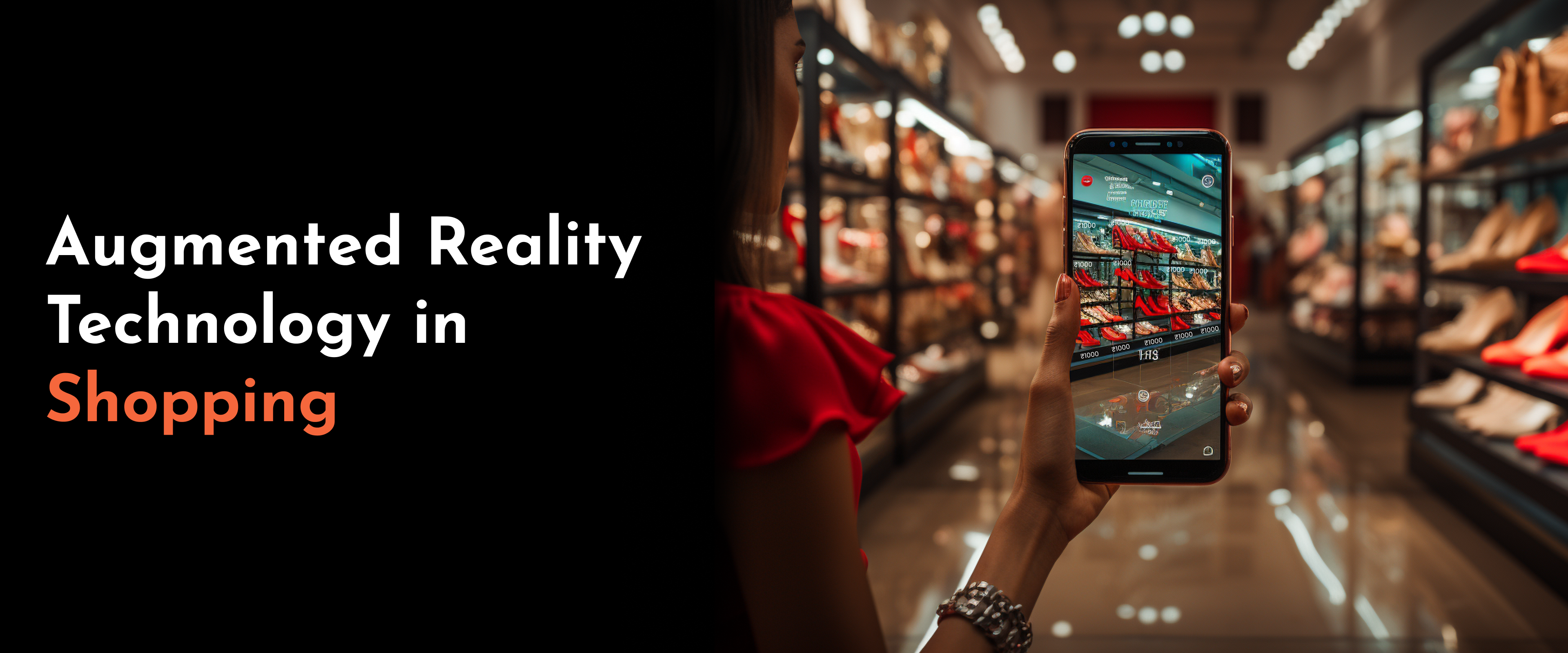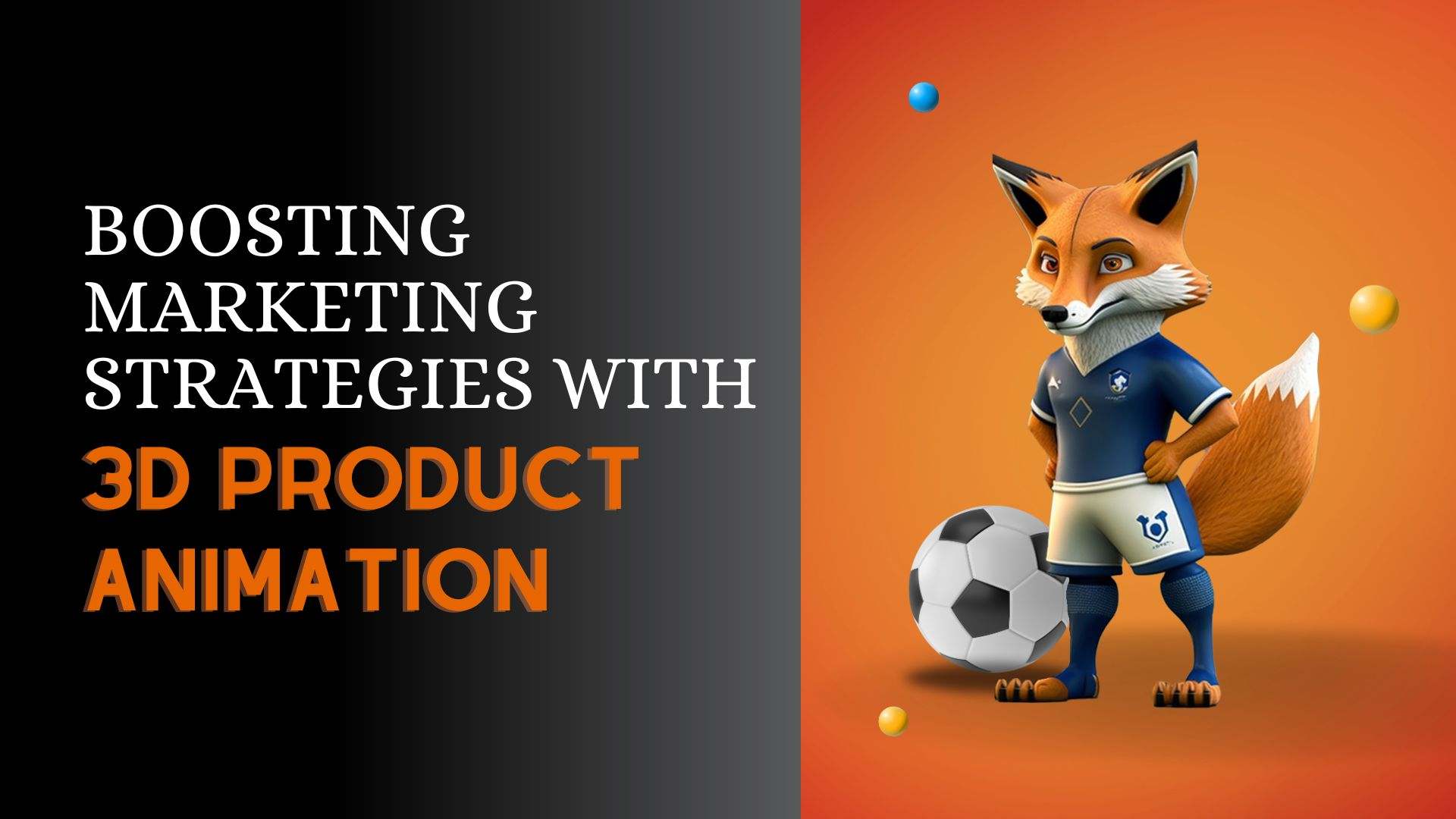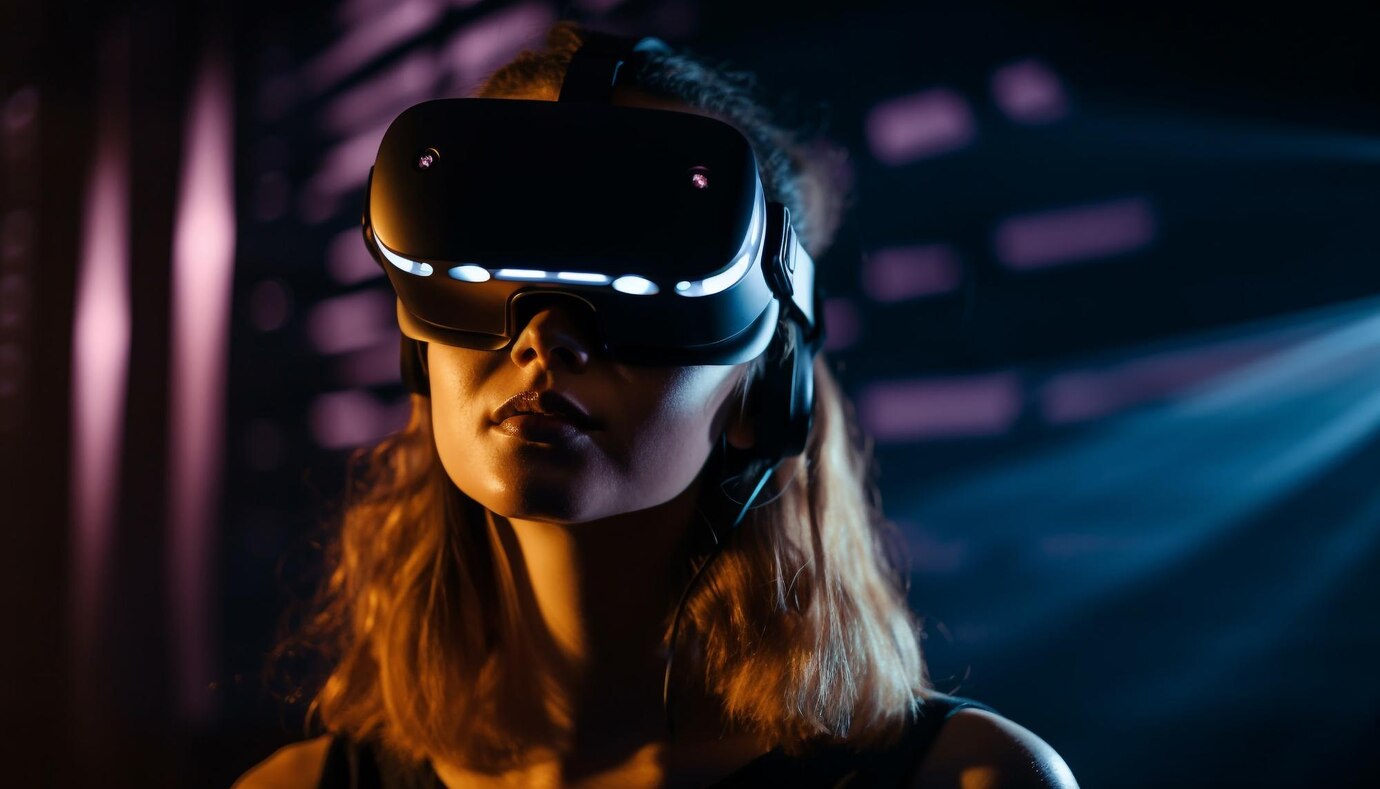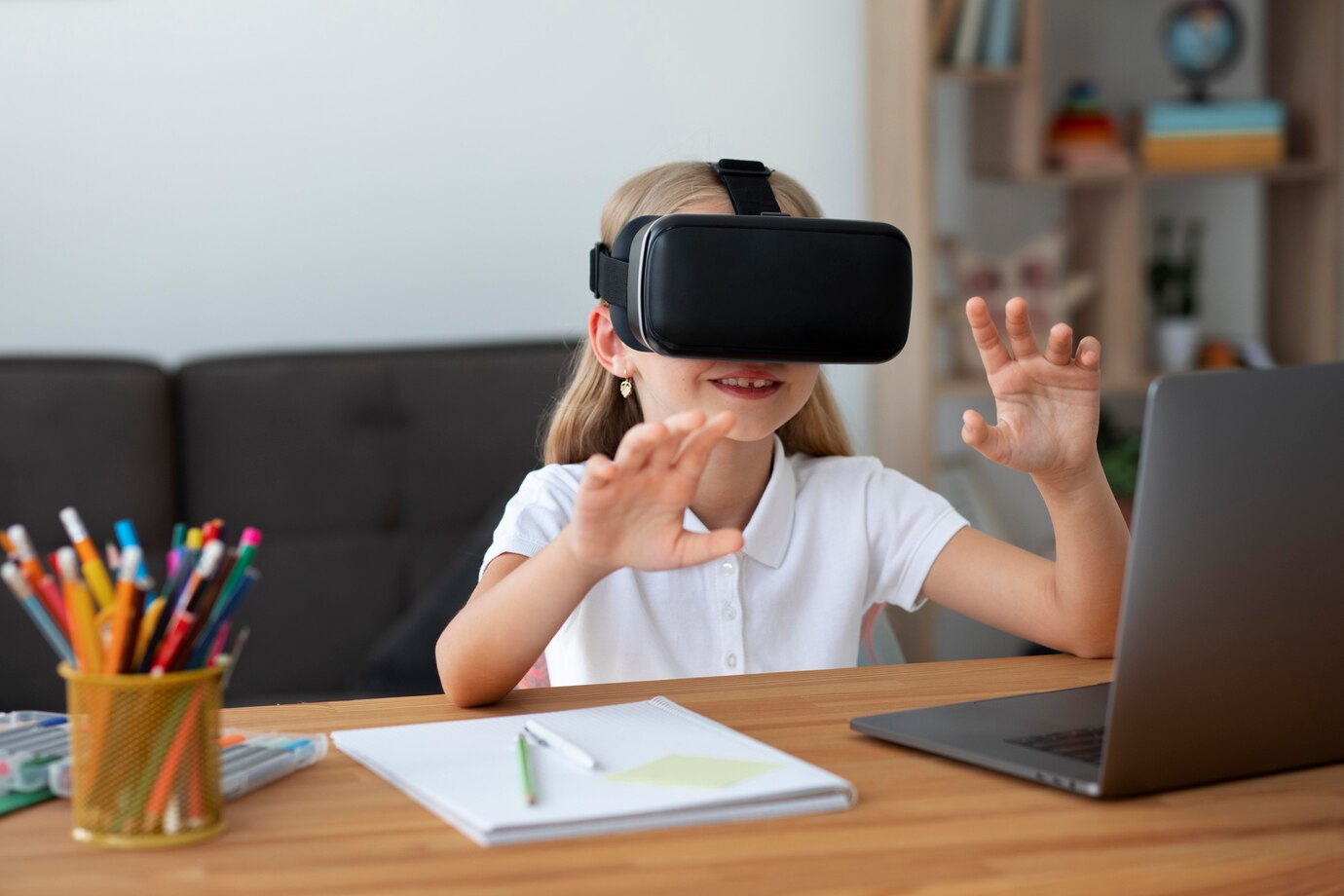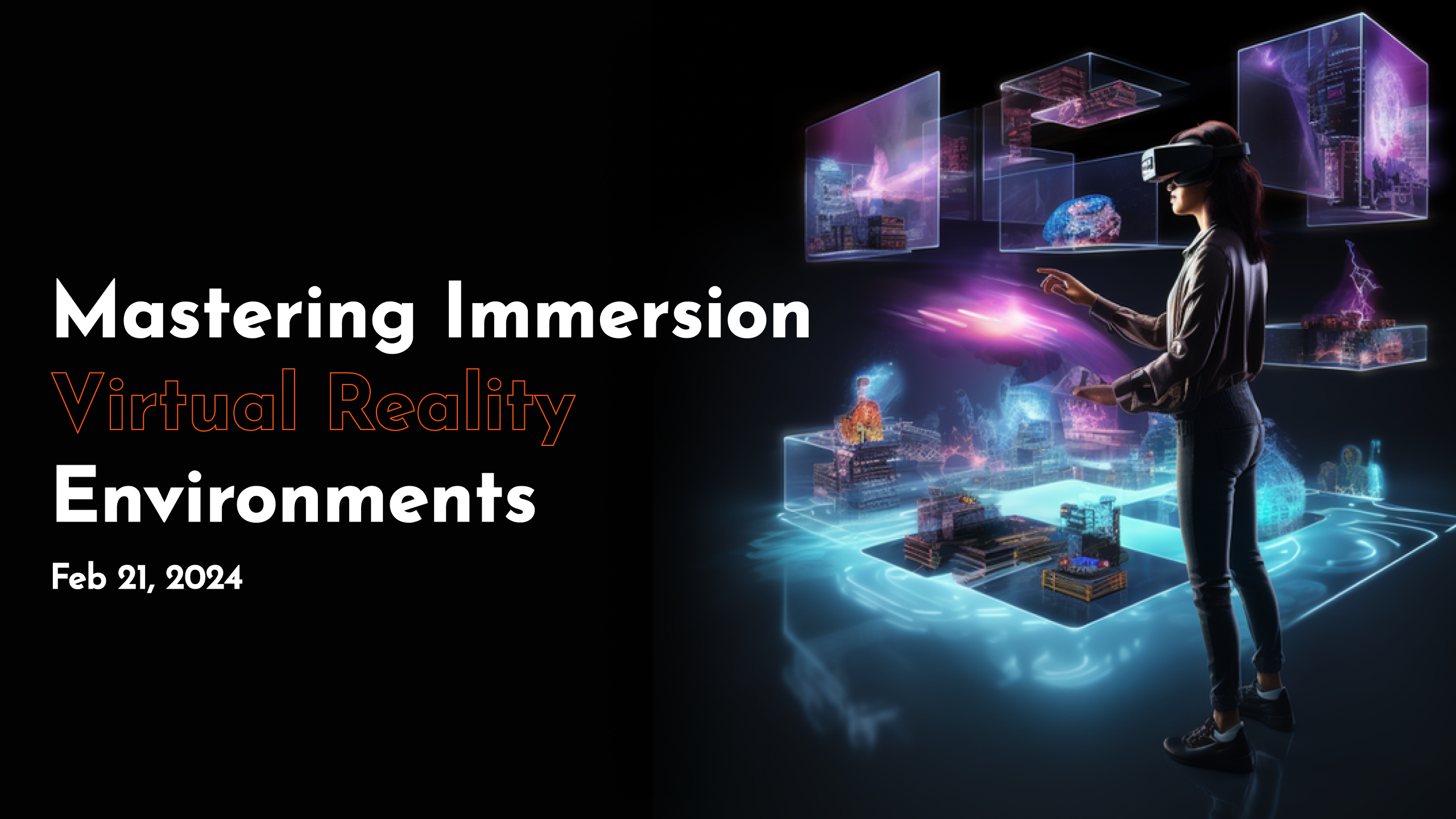
Introduction :
-
"Immersion Virtual Reality" opens the door to a myriad of opportunities and challenges as we don VR headsets and venture into fantastical realms. Discover how we tackle hurdles like motion sickness and hardware limitations to unlock unparalleled virtual experiences that transcend the confines of reality. Join us as we explore innovative solutions for overcoming obstacles and redefine the boundaries of immersive virtual experiences.
-
A ground-breaking investigation into the complexities of immersive Virtual Reality, "The Illusionist" explores the meeting point of technology and human experience. This guide helps users explore virtual worlds using VR technology.
-
It blurs the line between reality and computer graphics. Join us as we explore the connection between virtual and real worlds. We will discuss the advantages and difficulties of this exciting technology.

1.Creating a Fully Immersive Experience
1.1 Exploring the concept of immersion in Virtual Reality :
-
Immersion in Virtual Reality about immersing yourself in and getting deeply into a Virtual World. Many techniques, including haptic feedback, 3D audio, realistic images, and interactive features, can accomplish this.
-
The aim is to help users feel more engaged and connected by immersing them in the virtual world. Users feel like they are in the virtual world by participating.
-
The goal is to enhance the sense of presence and connection for users. Making the virtual world feel more natural and interactive accomplishes this. Methods including responsive controllers, high-resolution images, and spatial audio can produce a more immersive VR experience.
1.2 How does Immersive VR create a sense of presence and engagement?
-
VR achieves this by telling stories and offering emotional experiences. It forms connections with users. It draws them in to discover more of the virtual world. Expressing hope for a time when experiencing Virtual Reality will feel like being in the real world.
1.3 Distinguishing Immersive VR from Other Types of Virtual Reality :
-
VR is available at different immersion degrees. Clear up confusion and acknowledge differences in a digital environment.
Immersive VR :
-
Deep Dive! Headsets allow people to escape reality and enter virtual worlds with controllers, haptic feedback, and body movement.
-
Uncover the ancient history of Rome or battle dragons, all from the convenience of your own home!
Non-Immersive VR :
-
No requirement exists for Virtual Reality Headsets.
-
Picture having 360° holiday videos on your mobile or 3D video games and simulations.
-
Insights into virtual environments, but you remain connected to the real world.
Augmented Reality (AR) :
-
Envision applications for furniture that allow you to "position" digital items in your natural environment, like Pokémon GO.
-
Blends Virtual and Real-world aspects, making it difficult to distinguish between the two.
2. The Components of Immersive VR
2.1 Discussing the hardware and software required for Immersive VR experiences
Hardware :
-
VR Headset (Choose tethered, standalone, or mobile based on needs and budget).
-
Controllers (Options include handheld controllers, motion-tracked controllers, and haptic gloves).
-
Using a computer or mobile device, you can boost the VR experience and achieve a headset match.

Software :
-
Development Tools (Unity, Unreal Engine, etc. and Features for 3D modeling, animation, scripting).
-
Software like Blender, Maya, and Tilt Brush help make 3D assets and environments for VR.
-
Virtual Reality Apps and Gaming (SteamVR, Oculus Store, Viveport, Explore a range of VR experiences).
3. Exploring Virtual Worlds
3.1 Prospective Uses :
-
VR experiences help many industries like education (virtual field trips, learning), healthcare (simulations, training), manufacturing, tourism, and retail.
3.2 Interacting :
-
Users can move with objects, solve puzzles, and communicate with virtual entities. VR allows for endless exploring possibilities, from historical events to futuristic cities.
4. Augmented Reality and Immersion
Imagine dissecting virtual frogs or battling dragons in your backyard using realistic tools. That is the appealing feature of Augmented Reality (AR) and Immersive Virtual Reality (IVR). Permits hands-on engagement with virtual items. Mixed Reality (MR) flawlessly merges the virtual and physical realms.
5. Overcoming Challenges in Immersive VR
5.1 Common Challenges :
-
Motion sickness and discomfort are common problems in virtual reality. These issues can make it difficult for users to enjoy themselves and stay safe. In VR experiences, motion sickness and headaches from extended headset wear are common problems.
5.2 Evaluating Solutions and Progress :
-
Guardian technologies and haptic feedback will protect you from virtual collisions in the virtual environment. It entails improving the ergonomics of hardware design, reducing motion lag, and adding user-adjustable options. Software engineers are working to enhance user convenience and security in Immersive VR by refining movement techniques and creating experiences that minimize adverse effects.

6. The Impact of Immersive VR on the Real World
It changes how we learn, improve skills, and address mental health issues in therapy, training, and education.
6.1 Education :
-
Comprehensive VR's immersive learning environments have the potential to completely transform education. In a secure virtual environment, students can investigate historical events, delve into intricate scientific ideas, or refine practical skills.
6.2 Training :
-
Businesses in the airline and healthcare sectors can use immersive VR for training. Surgeons can perform delicate surgeries, emergency responders can practice crisis scenarios, and pilots can replicate various flight circumstances. In addition to enhancing abilities, this kind of instruction lowers the risks connected with practical application.
6.3 Therapy :
-
Immersive VR presents potential in the treatment of anxiety, PTSD, and phobias, among other mental health conditions. Therapists can use virtual worlds to help patients confront and safely conquer their fears.
-
They do this by customizing the experience for each person. This personalized approach allows patients to work through their worries gradually at their own pace. By using virtual reality, therapists can create a controlled environment for patients to practice facing their fears.
7.The Future of Immersive VR
7.1 Contemporary Trends and Development
-
Hardware : Better tracking and display capabilities in lightweight, more powerful VR headsets improve immersion.
-
Content : A variety of VR games and educational materials increase user attractiveness and engagement.
-
Wireless : VR systems that operate wirelessly increase convenience and comfort while boosting immersion.
7.2 Future Advancements
-
Haptic Feedback : Improved haptic technology increases immersion by enabling users to experience feelings in virtual environments
-
AI Integration : AI algorithms allow dynamic virtual worlds and personalized VR experiences.
-
Mixed Reality (MR) : To create new augmented reality applications, Mixed Reality (MR) smoothly combines virtual and actual surroundings.

Conclusion :
Immersive Virtual Reality (VR), which offers a level of realism and involvement previously unthinkable, is completely changing how we experience digital worlds. We want readers to explore the exciting world of Virtual Reality. Our blog post will explain how Immersive VR technology creates exciting experiences. Embracing this technology opens a new world of opportunities and experiences for you in real time.
Together, let's explore the Illusionist world and become experts at immersive Virtual Reality. Embrace the technological future and discover the boundless possibilities of immersive Virtual Reality.
